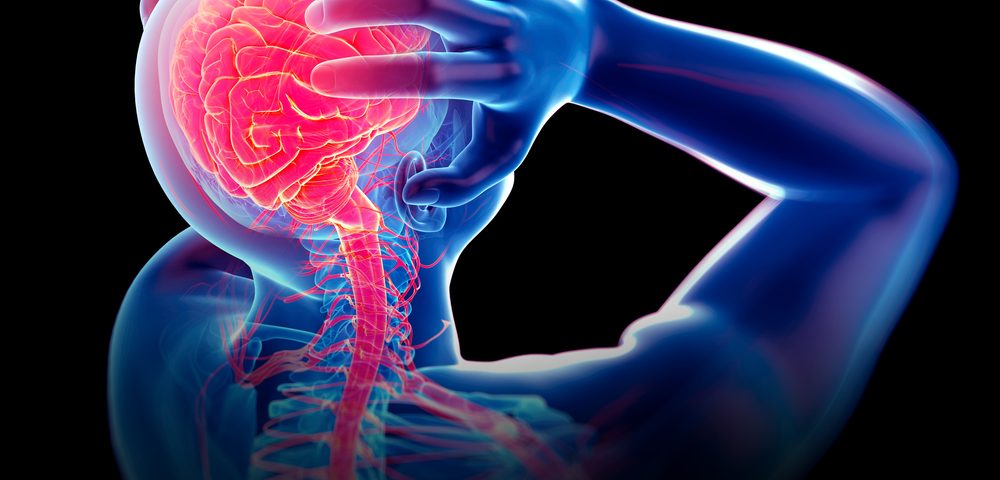Treatment using pregabalin seems to restore the balance between excitation and inhibition of networks that regulate pain, leading to a reduction of painful symptoms in people with fibromyalgia.
The study, “Novel Insights of Effects of Pregabalin on Neural Mechanisms of Intracortical Disinhibition in Physiopathology of Fibromyalgia: An Explanatory, Randomized, Double-Blind Crossover Study,” was published in the journal Frontiers in Human Neuroscience.
Fibromyalgia is characterized by chronic, widespread musculoskeletal pain. Currently, researchers do not know exactly what causes the condition.
The cerebral cortex is the most highly developed part of the brain and is responsible for higher thought processes, such as speech and decision making.
Activity in this part of the brain, called cortical activity, is determined by the balance between excitation and inhibition, determined by the activity of excitatory and inhibitory neurons.
Excitatory and inhibitory neurons in the cortex are massively interconnected, forming a network of feed forward and feedback circuits. Because of this immense interconnection, inhibitory cells should modulate the activity of excitatory cells and vice versa.
The most accepted theory for the development of fibromyalgia is that it develops because of an imbalance in excitability/inhibition in the brain networks. Researchers think there is reduced inhibitory activity on neurons that process pain, which amplifies painful stimuli, leading to chronic pain.
Pregabalin is an FDA-approved drug for fibromyalgia. However, there is limited evidence of its effect on the inhibitory/excitatory circuits in patients.
Transcranial magnetic stimulation (TMS) measures provide an index that can help determine how the basal neuronal plasticity state (levels of excitatory and inhibitory stimuli) might predict the effect of therapeutic approaches on these brain circuits.
Researchers used TMS to evaluate whether pregabalin could be more effective than a placebo in improving the excitability/inhibition imbalance in fibromyalgia patients compared to healthy subjects in a Phase 2/3 clinical trial (NCT02639533).
They recruited 27 women (17 with fibromyalgia and 10 healthy subjects) in a blinded, placebo-controlled clinical trial where participants were randomized to receive 150 mg of oral pregabalin or a placebo.
Specifically, researchers looked at two measures — the cortical silent period (CSP) and short intracortical inhibition (SICI).
An increase in the CSP indicates inhibition in pain networks (reduced pain), while an increase in SICI indicates increase in excitability of pain networks (increased pain).
These cortical excitability pain measures were assessed before and 90 minutes after receiving the medication.
Results indicated that pregabalin increased the CSP by 14.34% while the placebo reduced the CSP by 1.58%. Pregabalin reduced the SICI by 8.82% and the placebo increased it by 19.56%.
This indicates that pregabalin increases the inhibition on pain networks and thus reduces pain.
Researchers also found that use of pregabalin led to an improvement in various pain measures.
Modulation of the imbalance in neuronal excitability/inhibition could, therefore, be the mechanism through which pregabalin works to reduce pain in patients with fibromyalgia.
Interestingly, pregabalin did not have a statistically significant effect in either the excitability or pain measures in the healthy subjects group.
“These results support the concept that pregabalin is more effective in modulating [pain] transmission when the neural excitability in the [pain] input is enhanced,” the authors wrote.

